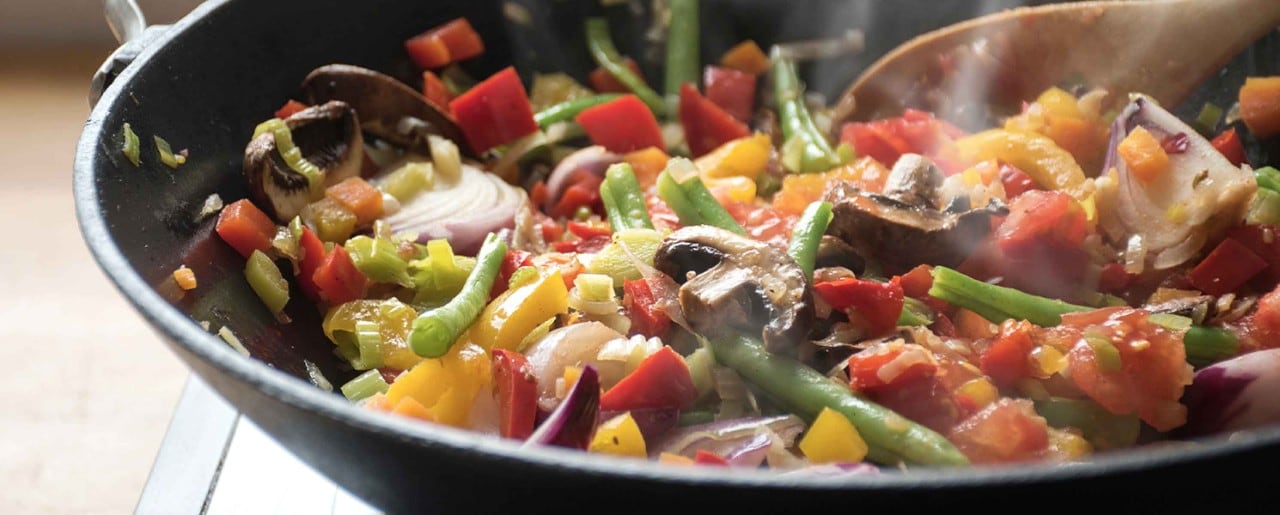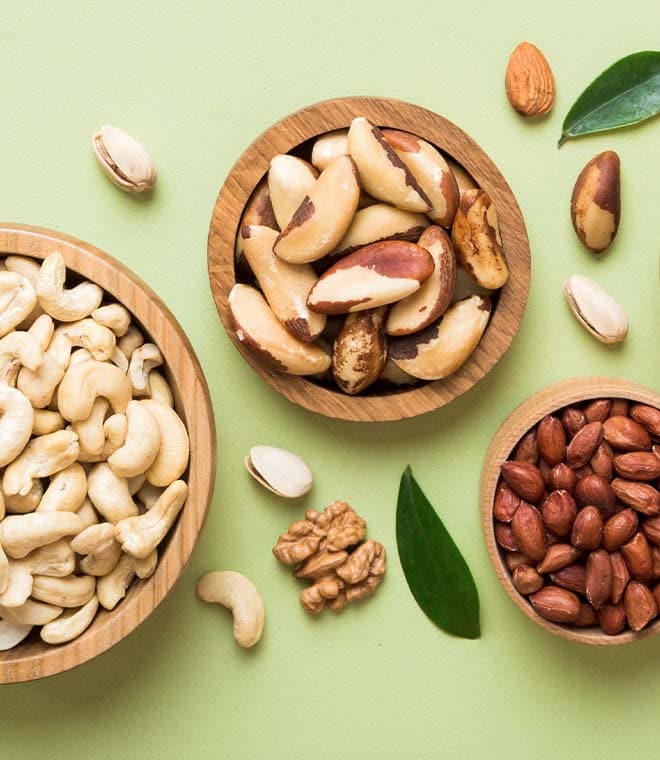Wellness
What are the best vegetables for diabetes?
By Michelle Katz, MS, RD, certified diabetes care and education specialist Apr 18, 2025 • 4 min
For people with prediabetes and diabetes, making good food choices at each meal can help better control blood sugar. Over time, a healthy diet can reduce the risk of diabetes complications and assist with weight management. Vegetables are an important part of a well-balanced diet and some are more beneficial for individuals with diabetes.
How can eating vegetables help with diabetes?
The impact vegetables have on blood sugar levels varies. Starchy vegetables like potatoes and corn have higher amounts of carbohydrates and will cause blood sugars to rise more than non-starchy vegetables. However, that doesn’t mean you can’t eat them. Generally, these types of vegetables are best eaten in small servings in combination with a serving of protein and a non-starchy vegetable, such as leafy greens, for a better effect on your glycemic response.
Top vegetables for diabetes eating plans
Non-starchy vegetables are low in carbohydrates and calories, making them good choices for people with prediabetes and diabetes. Common non-starchy vegetables include:
- Carrots
- Broccoli
- Cauliflower
- Zucchini
- Asparagus
- Cabbage and lettuce
- Bell peppers
- Leafy greens like kale and spinach
- Tomatoes
- Cucumber
- Green beans
Vegetables are just one part of a complete diet. Fruits, whole grains, lean protein, and low- and nonfat dairy products also fit into a healthy eating plan.
Tips for choosing, preparing and eating vegetables daily
To get the most benefit from the vegetables in your diet, follow these tips:
- Read labels on canned vegetables: Canned foods can save you cooking time but many vegetables that come in cans are high in sodium, which can raise blood pressure.
- Make your own salad dressings: Dressings can make green salads more appetizing but bottled dressings from the grocery store often contain added sugars. Make your own vinaigrettes with oil, vinegar and herbs for a more diabetes-friendly option.
- Flavor with herbs: Instead of slathering on butter or shaking on salt, add fresh or dried herbs to your vegetables.
- Choose the right cooking methods: Enjoy vegetables raw or prepare them with cooking methods other than frying. Drizzle vegetables lightly with olive oil and then roast, saute, stir-fry or grill.
- Practice portion control: When consumed raw on their own, many vegetables are low in calories. However, other ingredients, including cooking oils, increase the number of calories per serving. Portion control is an important part of weight management.
Getting started with a healthy diabetes diet
No two people with diabetes have the same exact nutritional needs. The best eating plan for prediabetes or diabetes is one that’s designed just for you. A registered dietitian can create a custom eating plan that considers your food preferences, lifestyle, health history, weight, age, sex and other factors. They can also give you additional advice about how best to prepare and enjoy vegetables as a part of your healthy meal plan.
Updated April 2025.
Sources:
- https://www.mayoclinic.org/diseases-conditions/diabetes/in-depth/diabetes-diet/art-20044295
- https://www.niddk.nih.gov/health-information/diabetes/overview/diet-eating-physical-activity
- https://medlineplus.gov/diabeticdiet.html
- https://diabetes.org/healthy-living/recipes-nutrition/eating-well/diabetes-superstar-foods
- https://diabetes.org/healthy-living/recipes-nutrition/eating-well/non-starchy-vegetables
- https://diabetesfoodhub.org/blog/what-diabetes-plate
- https://www.urmc.rochester.edu/encyclopedia/content?contenttypeid=85&contentid=P00352




